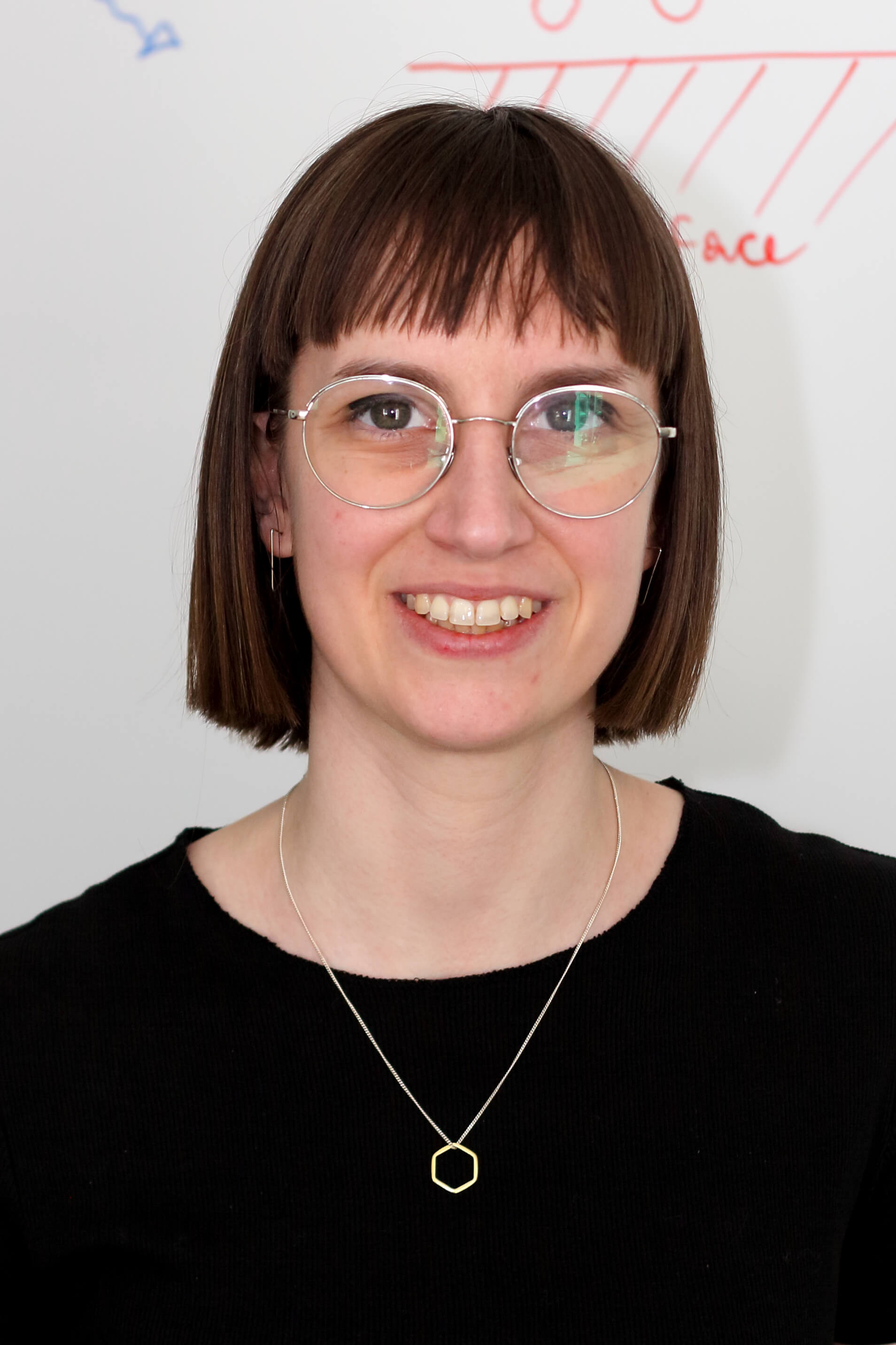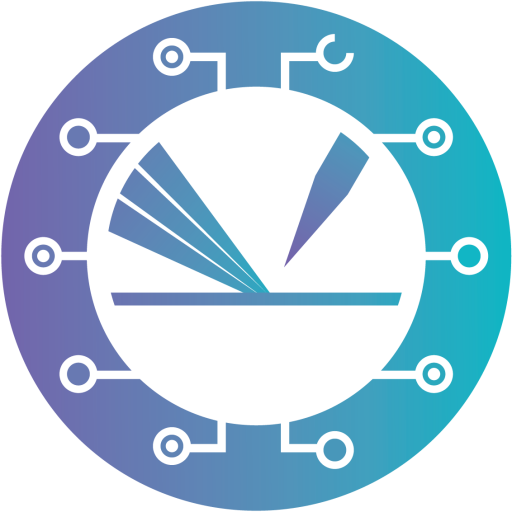
Where is she now?
Carla moved to Sydney, Australia and started a fellowship at the Faculty of Science of the University of Sydney. Funded by the DECRA program of the Australian government, she “aims to address the issue of designing and engineering better single-photon sources based on atomic defects in solids, a crucial building block for many quantum technologies. Using advanced first-principles quantum mechanical theories and calculations, the project expects to produce fundamental knowledge of key mechanisms and properties, and to use this to inform the design of new atomic defects for tailored applications as quantum emitters.”
Research interests
My current research interests concern the use of machine learning techniques in order to extend the current capabilities of atomistic simulations. By constructing force fields from first-principles calculations, it is possible to accelerate molecular dynamics simulations by several orders of magnitude while retaining ab initio accuracy. In particular, I am interested in using machine-learned force fields for accurate and efficient simulations of the thermodynamic properties of anharmonic materials, especially phase transitions and heat transport. I am further interested in delta-machine learning techniques for beyond-density functional theory accuracy, and in the description of long-range interaction effects.
Another area of interest is electron-phonon physics, which has profound effects on the electronic and transport properties of semiconductors and insulators. In particular, I study the formation of polarons in pristine and doped systems using ab initio and many-body techniques, often in collaboration with experimental groups.
Most relevant scientific results
- Developed a method for calculating the electron-phonon matrix elements in polar semiconductors and insulators from first principles, which enables ab initio calculations of electron-phonon properties in this pivotal class of materials [1].
- Pioneered the study of electron-phonon coupling in the hybrid lead halide perovskite CH3NH3PbI3, a material of fast-growing scientific and technological interest. Showed that scattering from longitudinal optical phonons via the Fröhlich interaction is the dominant source of coupling near room temperature [2].
- Contributed to the development of EPW, an open-source software for computing electron-phonon couplings and related properties in solids accurately and efficiently. Since 2016, the EPW code is fully integrated and distributed with the Quantum Espresso package [3].
- Elucidated the mechanism behind the transition from a polaronic liquid of large polarons to a Fermi liquid regime of weakly-coupled quasiparticles with increasing doping in anatase TiO2 and related materials. The mechanism is related to the non-adiabatic screening of the polar electron-phonon coupling [4].
- Contributed to the finding of tunable lattice and plasmonic polarons in the doped ferromagnetic semiconductor EuO [5].
- Highlighted the power and limitations of calculating plasmon and phonon satellites in angle-resolved photoemission spectra using the cumulant expansion approach [6].
- Contributed to the development of a theoretical and computational framework to study polarons in semiconductors and insulators from first principles. The approach presented provides the formation energy, excitation energy and wavefunction of electron and hole polarons, taking into account the coupling to all phonons entirely from first principles [7, 8].
- Implemented the calculation of electron and hole effective masses using Wannier interpolation and GW quasiparticle corrections. Within this scheme we were able to accurately predict the effective masses of hypothetical perovskites of the type APbI3 [9].
- Calculated the energy-level alignment in a model of dye-sensitized solar cell with unprecedented accuracy thanks to the use of a large-scale GW scheme [10].
Career
- 2023–present: Fellow at the Faculty of Science, University of Sydney, Australia
- 2019–2022: University Assistant, Computational Materials Physics, University of Vienna, Austria
- 2017–2018: Postdoctoral Research Assistant, Department of Materials, University of Oxford, UK
Education
- 2017: Ph.D. (D.Phil.) in Materials Science, University of Oxford, UK
- 2013: M.Sc. in Physics, University of Padua, Italy
- 2011: B.Sc. in Physics, University of Padua, Italy




